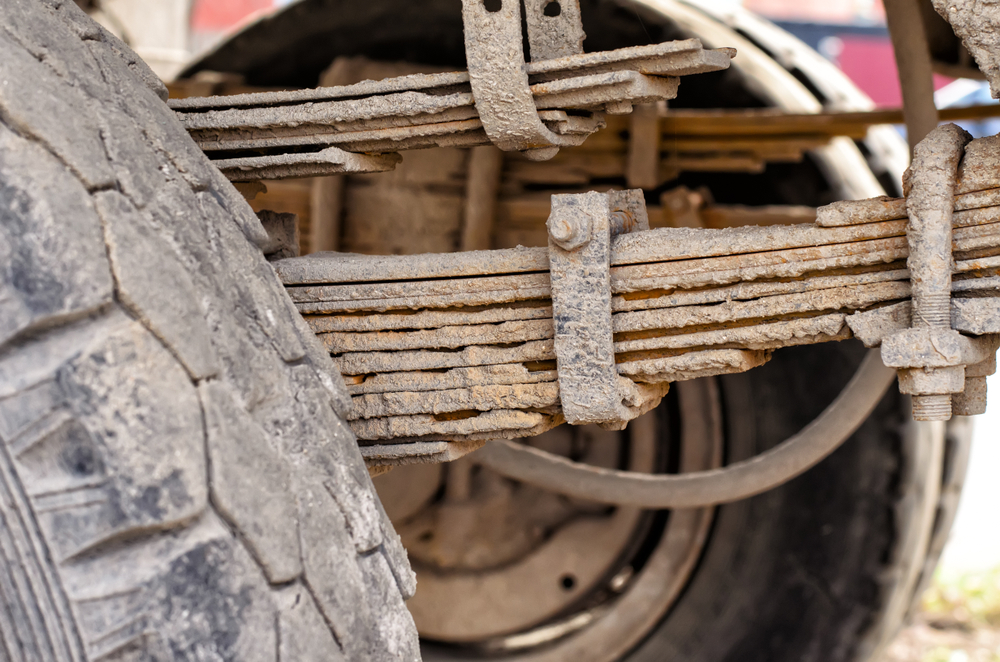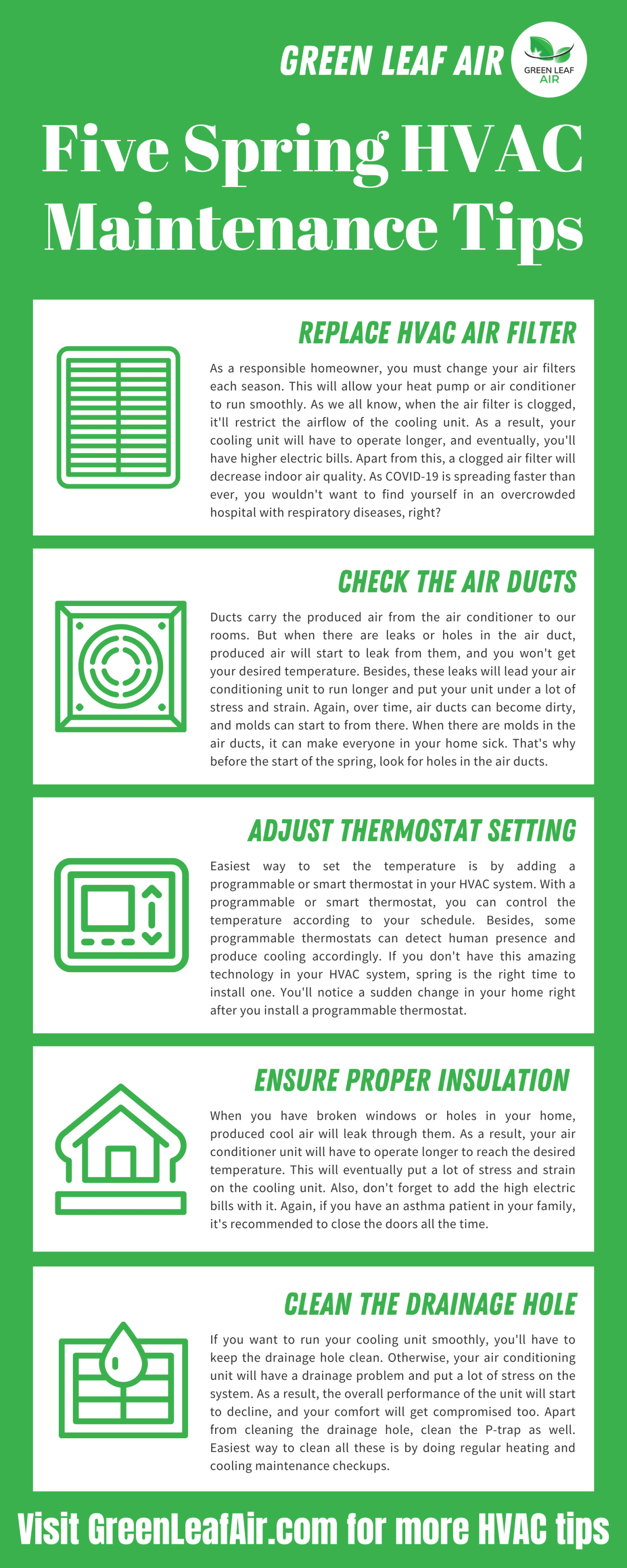Imagine cruising smoothly down the road, your vehicle handling every bump and turn with ease. This seamless ride is often thanks to a crucial component of your vehicle’s suspension system: leaf springs.
As a vehicle owner, understanding how to maintain these springs can make all the difference in ensuring your ride remains comfortable and safe. Have you ever wondered why some vehicles seem to glide effortlessly while others struggle with every pothole?
The secret lies in the simple yet effective maintenance of leaf springs. You’ll discover straightforward tips that can extend the lifespan of your leaf springs, enhance your driving experience, and keep repair costs at bay. By the end, you’ll feel empowered with the knowledge to keep your vehicle performing at its best. Are you ready to unlock the secrets to a smoother ride? Let’s dive in!

Credit: www.boats.net
Basics Of Leaf Springs
Regular inspection keeps leaf springs in top condition. Check for cracks, rust, and wear. Lubricate moving parts to prevent squeaks and ensure smooth operation. Proper maintenance extends lifespan and enhances vehicle performance.
Function In Vehicles
Leaf springs help cars stay smooth. They absorb bumps and shocks. This keeps rides comfortable. Smooth rides mean less wear on parts. Less wear means fewer repairs. Leaf springs also support the car’s weight. They help the car carry loads. This is important for trucks and buses. Strong springs keep vehicles stable and safe.
Types And Varieties
Leaf springs come in different types. Some are short. Others are long. Short springs are good for light cars. Long springs are for heavy vehicles. Some springs are flat. Others have curves. Flat springs give a smoother ride. Curved springs can handle more weight. Choosing the right spring is important. It keeps the vehicle running well. It also keeps passengers safe.
Signs Of Wear And Tear
Cracks and rust on leaf springs indicate wear and tear. Uneven vehicle ride can also signal issues. Regular checks ensure safety and prolong lifespan.
Visual Indicators
Leaf springs show damageover time. Rust is common. Look for it on the surface. Cracks are another sign. Check for them carefully. Bent springs are a problem too. They lose their shape. This affects the ride. Missing partsneed attention. Bolts and clips sometimes vanish. Regular checks help find these issues early. Clean springs last longer. Dirt leads to damage. Keep them free from debris.
Performance Symptoms
Leaf springs affect how the vehicle moves. A bumpy ride is a symptom. Springs might be worn. The vehicle can lean to one side. This is not normal. It signals trouble. Noise is another clue. Listen for creaks or squeaks. They mean springs need checking. Handling becomes harder with damaged springs. The steering feels loose. Pay attention if this happens. These signs warn of spring issues.
Regular Inspection Routine
Check leaf springs every month. Look for rust or cracks. These are signs of wear. Replace damaged springs quickly. They keep your ride smooth.
- Inspect for rust.
- Check for cracks.
- Look for loose bolts.
- Ensure springs are not bent.
- Verify shackles are secure.

Credit: olivertraveltrailers.com
Cleaning And Lubrication
Regular cleaning and lubrication keep leaf springs in good condition. Dirt can cause rust and weaken springs. Use the right oil to reduce friction and enhance flexibility.
Cleaning Techniques
Dust and dirt can harm leaf springs. Use a soft brush to clean them. Water helps wash away grime. Avoid harsh chemicals; they can damage the metal. Dry the springs after cleaning. Wet springs may rust. Check for cracks while cleaning. Fix cracks quickly to avoid bigger problems.
Best Lubrication Practices
Lubrication keeps leaf springs moving well. Use grease made for springs. Apply grease on moving parts. Don’t use too much grease. Excess grease attracts dirt. Dirt can reduce spring life. Check lubricant regularly. Replace old grease with new. Old grease loses its power.
Proper Load Management
Knowing your vehicle’s load limit is crucial. Every vehicle has a maximum load it can carry. This limit is set by the manufacturer. Check your vehicle’s manual for this information. Never guess the load limit. Overloading can damage the leaf springs. It may also affect the vehicle’s safety.
Always distribute the load evenly. Uneven loads can lead to spring failure. Use a scale to weigh your cargo. Ensure all items are securely placed. This helps in balancing the load. If your vehicle feels heavy, remove some items. Keep checking the load during long trips. This keeps your leaf springs safe.
Tightening And Adjustment
Bolts must be tight for safety. Use a wrench to check them. Never let them be loose. Tighten them with care. Turn them until they feel right. Do not over-tighten. It can cause damage. Check them often. It keeps the springs safe.
Springs need the right adjustment. It helps them work well. Make sure they are not too tight. Also, not too loose. Use a tool for this. Adjust them gently. Listen for any noises. It helps find problems. Proper adjustment gives a smooth ride. Keeps the vehicle safe.
Rust Prevention Strategies
Applying a protective coatingcan stop rust on leaf springs. Use paint or oil-based sprays for protection. These coatings form a shield against moisture. Moisture can cause rustand damage. Regularly check the coating for any chips. Fix them quickly to maintain protection.
Leaf springs face many weather conditions. Rain, snow, and salt can harm them. In rainy areas, ensure leaf springs are dry. Salt on roads can speed up rust. Rinse springs with water after driving on salted roads. This helps remove salt and reduce rust risks.
When To Seek Professional Help
Seek professional help if leaf springs show visible damage or rust. Strange noises or uneven vehicle height also indicate issues. Regular checks can prevent costly repairs.
Identifying Critical Issues
Leaf springs support the vehicle’s weight. Cracks or significant wear need professional attention. Strange noises when driving signal serious problems. Vehicle sways or bounces more than normal—seek help. Visible rust can weaken springs. Bent or misaligned springs affect driving safety. Broken clips or shackles need immediate repair. Leaking fluid is a sign of damage. Uneven tire wear can mean leaf spring issues. Professional help ensures safe driving.
Finding Reliable Services
Choose certified mechanics for reliable service. Ask friends for recommendations. Check online reviews before deciding. Call different shops for quotes. Look for experience in leaf spring repairs. Ensure they use quality parts. Ask about warranties on repairs. Visit the shop to see their equipment. Talk to the mechanic about the repair process. Reliable services make your vehicle safe.

Credit: greenleafair.com
Conclusion
Regular maintenance keeps leaf springs in top shape. Check for signs of wear. Grease moving parts to prevent rust. Tighten loose bolts to avoid damage. Inspect often for any cracks or bends. Replace broken springs promptly for safety. Keep your vehicle’s load balanced.
Avoid overloading to prolong spring life. Clean springs regularly to remove dirt. These simple steps ensure smooth rides and longevity. Careful attention prevents costly repairs. Consistent checks save time and money. With proper care, leaf springs support your journey. Happy and safe travels with well-maintained springs!
